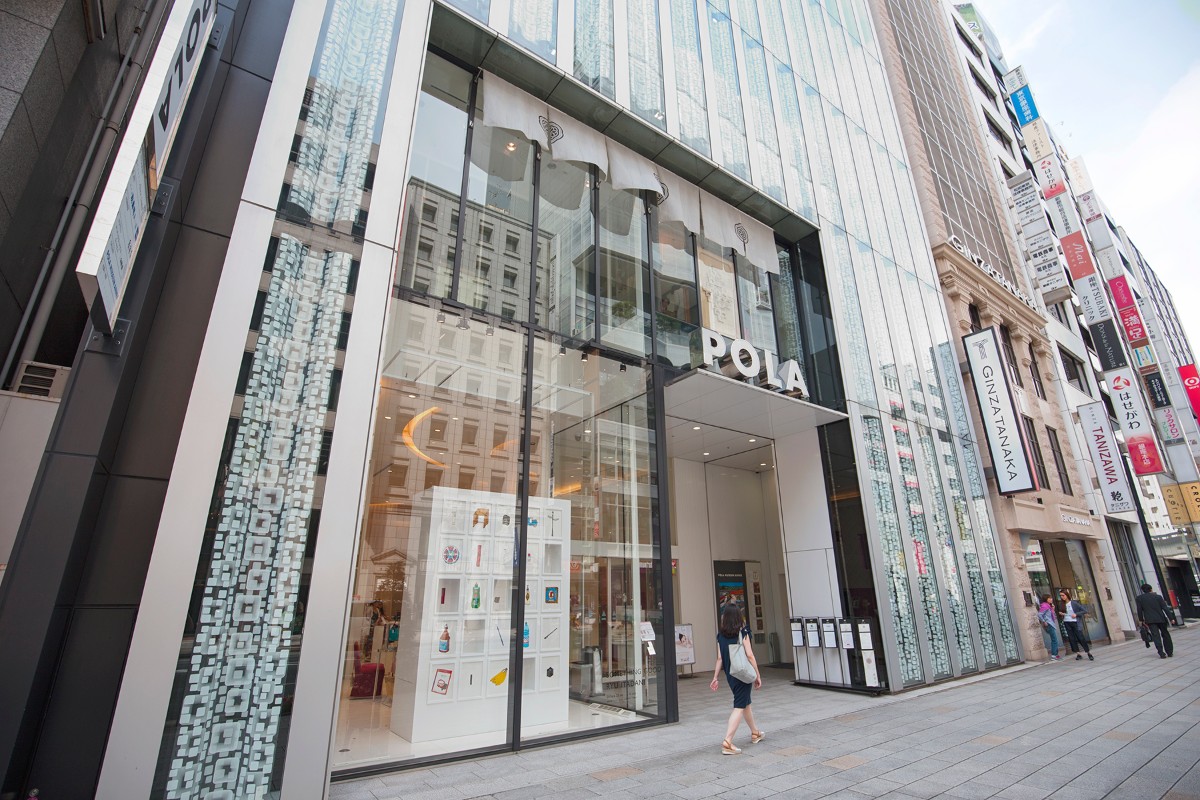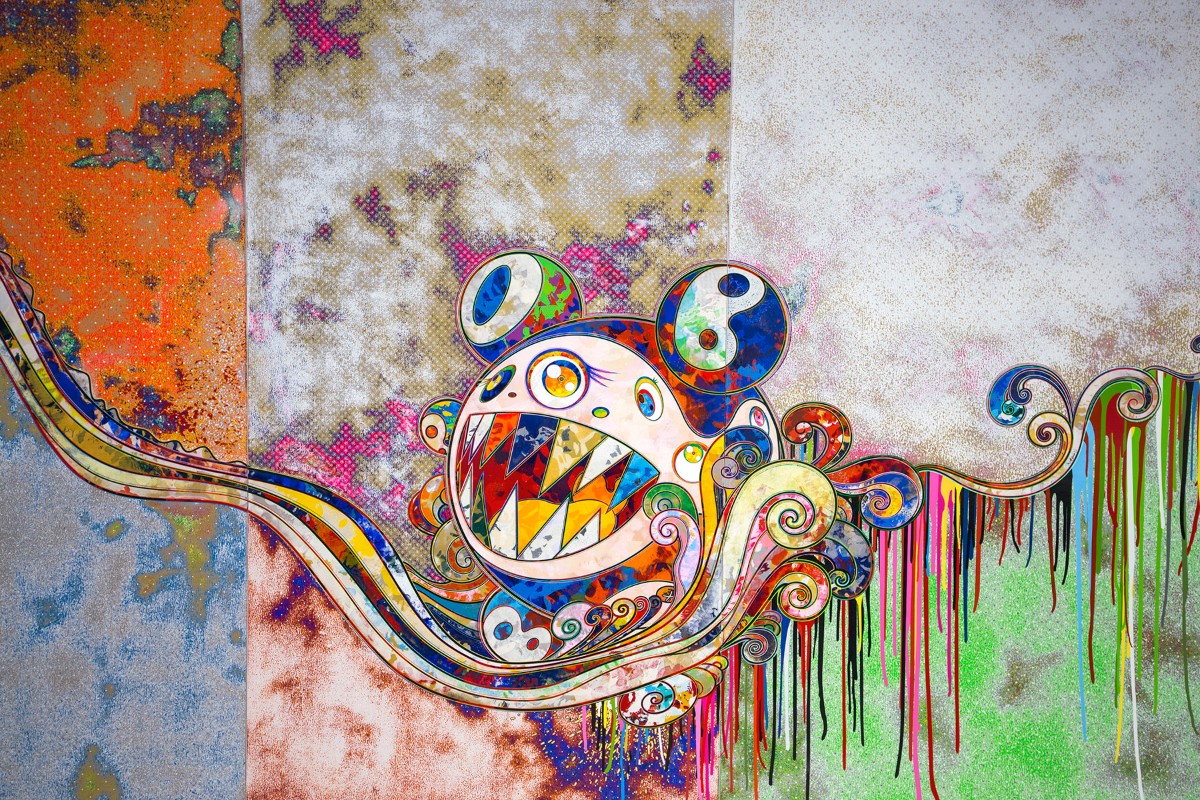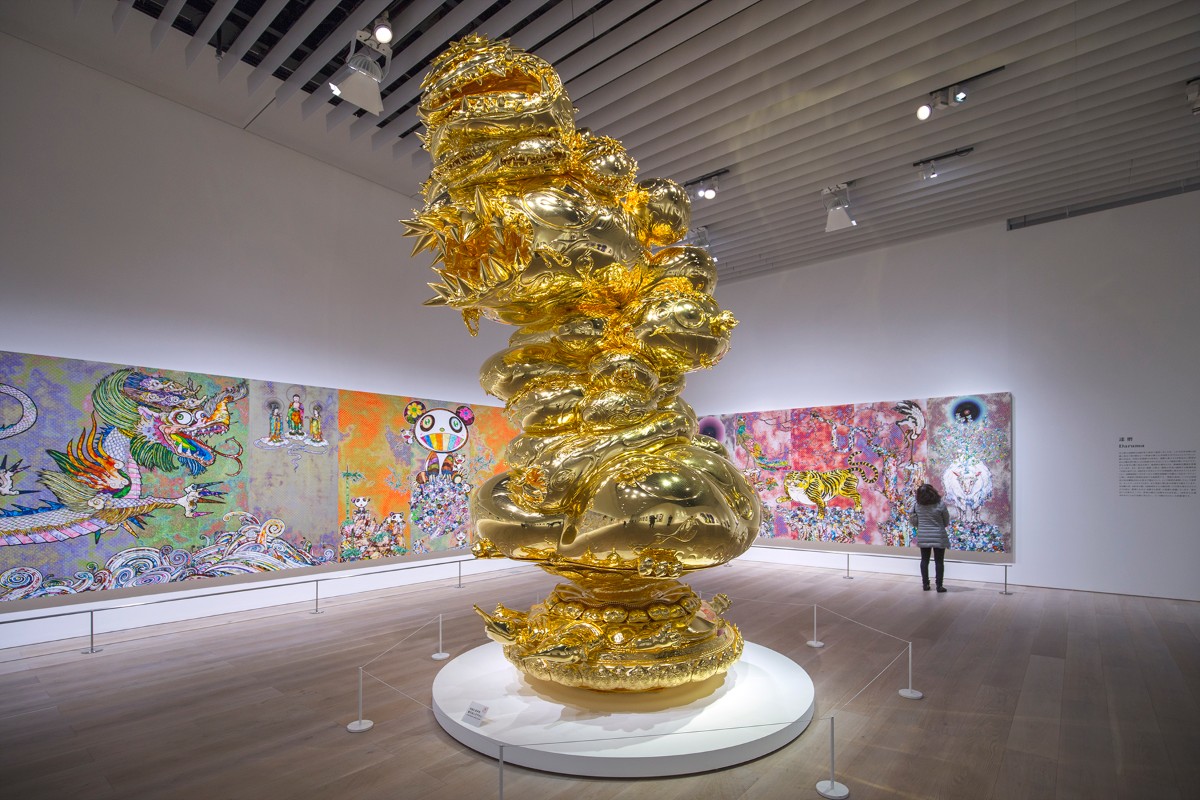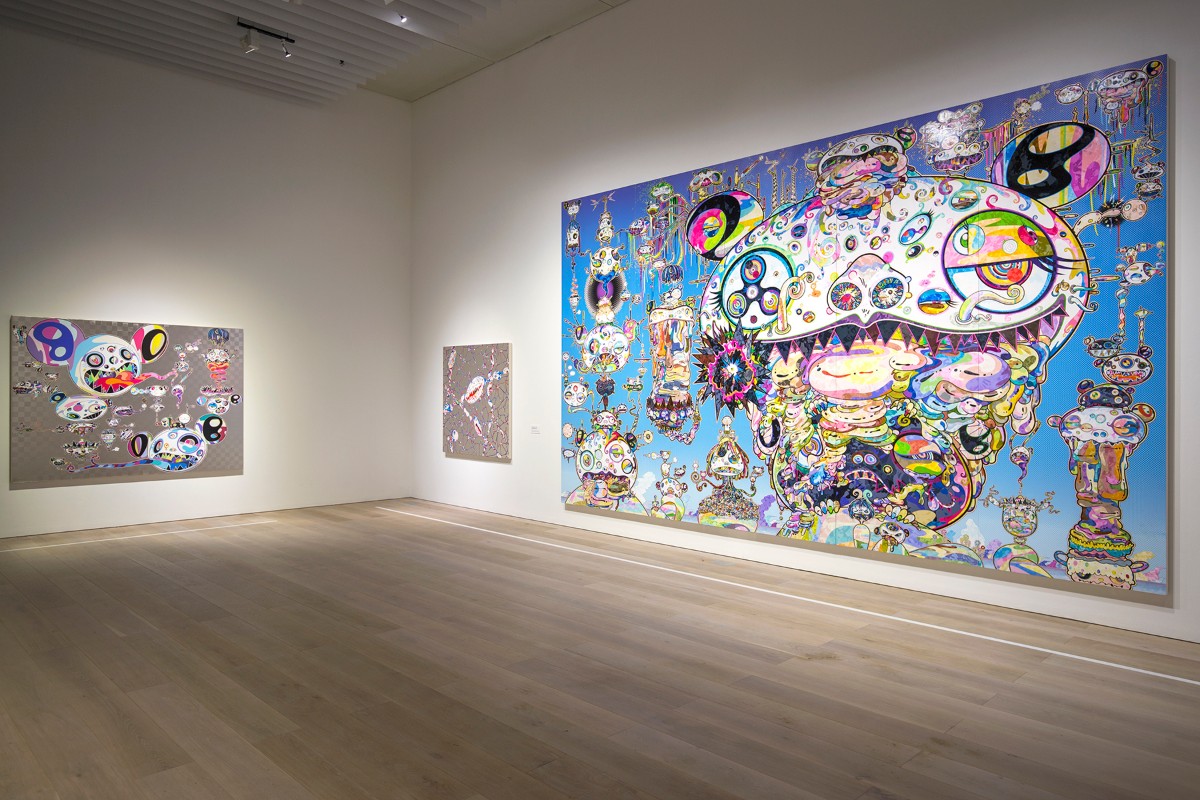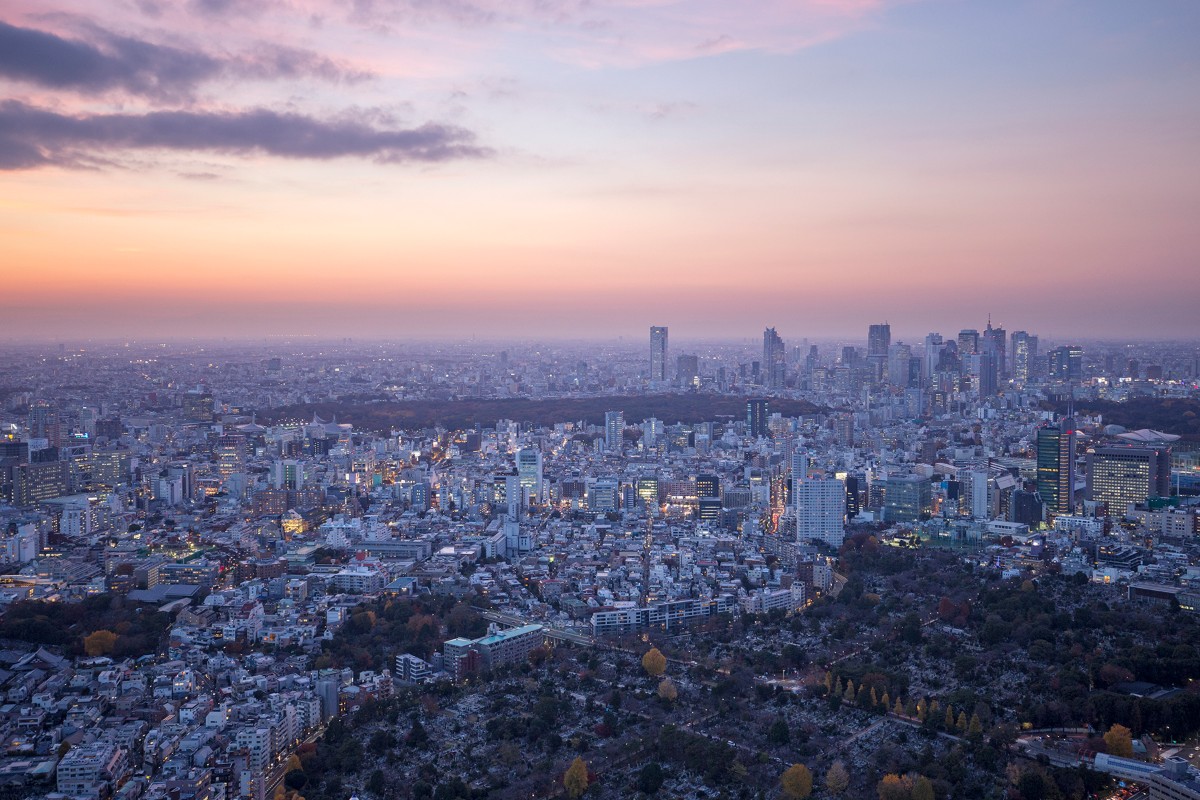With some of the most precious land on the planet, it may come as a surprise that Ginza also enjoys the highest concentration of art galleries in Tokyo—a couple hundred actually—residing in an area less than a square kilometer in size. This shopping mecca is also a veritable treasure trove of cutting-edge architecture, which should enrichen your gallery-hopping nicely. Some locations are the very embodiment of the Ginza trifecta, such as Maison Hermès and Chanel, with impressive galleries on the 8th and 4th floors, respectively. Others are less bold, but no less significant, hidden in the space between buildings, underground, or several stories above. You likely won’t stumble into many by accident, but finding them is half the fun.
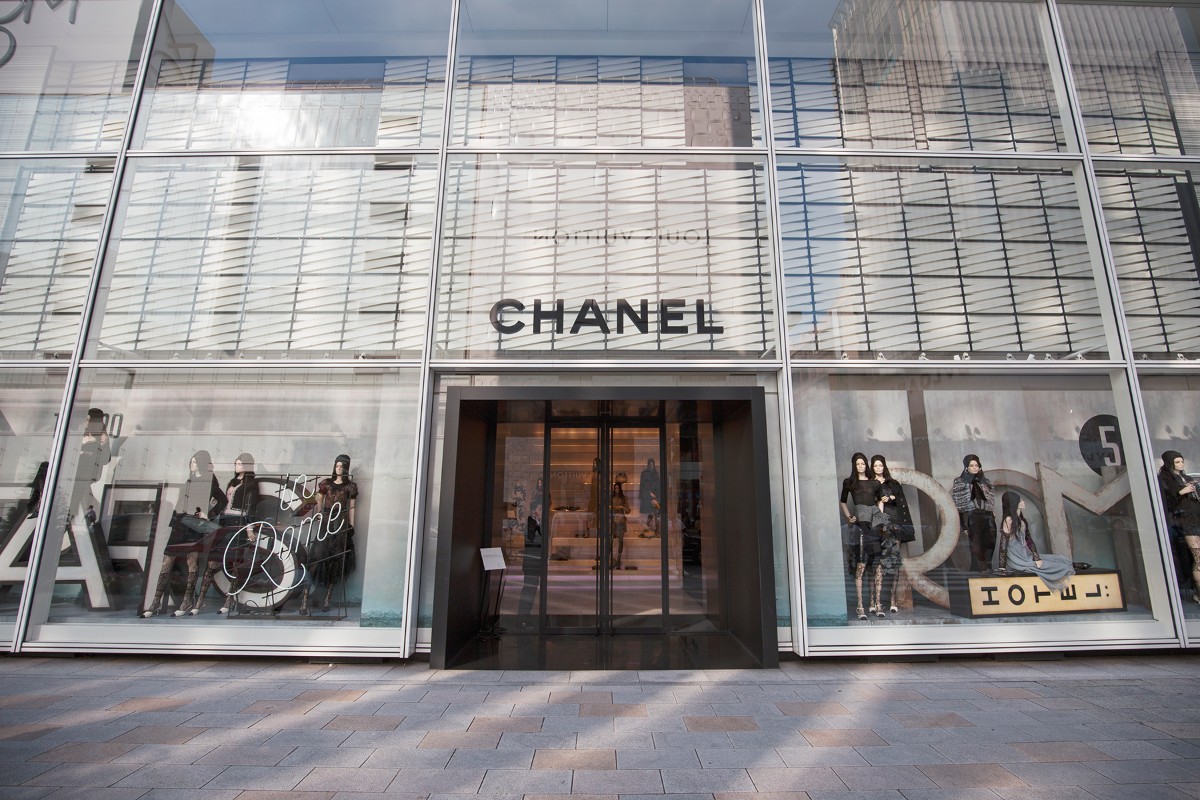
The present photography exhibit at the Chanel Nexus Hall is particularly moving, displaying work by a Venezuelan and French duo who made repeat visits to the no man’s land around the nuclear power plant in Fukushima. The masterful combination of presentation and subject matter is striking.
Akio Nagasawa Gallery currently has an exhibition of drawings and photos by world-renowned and self-taught architect Tadao Ando, illustrating his creative process and inspiration. They also publish special and limited-edition art books, which can be purchased from their online shop.
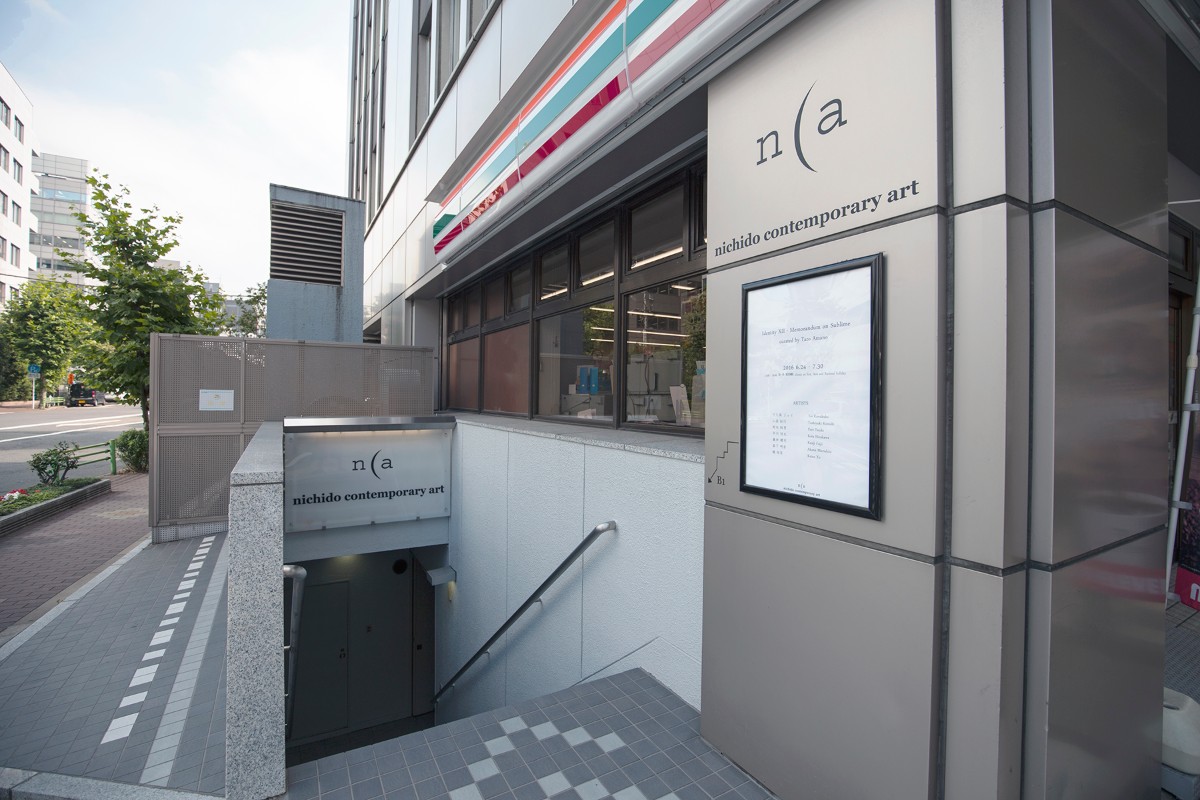
The BTAP (Beijing Tokyo Art Projects) Gallery claims to have started out as Japan’s first contemporary art space, launching the careers of several prominent Asian artists to global fame, among them Lee Ufan, whose museum on Naoshima, incidentally, was designed by Ando.
Megumi Ogita has two locations, the basement gallery is fairly well advertised with a sandwich board, but the showcase will only be discovered by the truly devout. Either of these compliment BTAP quite well actually, as they represent an amalgamation of Japanese and foreign artists.
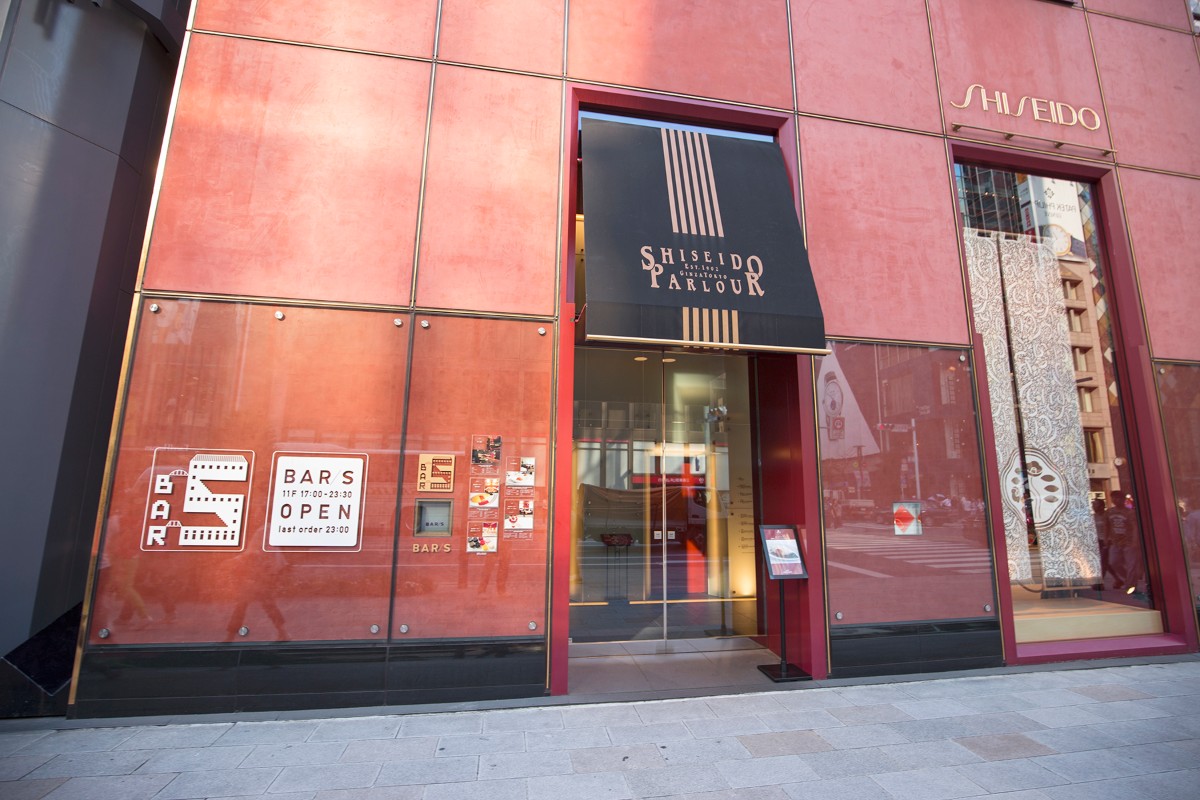
Shiseido Gallery states it is the oldest in Tokyo, dating back to 1919, but with the changes of venue and focus, it does not directly contest BTAP’s primary assertion. Located in the basement of Shiseido Parlour, it is one of Ginza’s most cavernous exhibition spaces.
Pola, the cosmetics and fashion behemoth, has the Museum Annex on the third floor of their itchōme building. The revolving exhibitions of extant artists’ work here contrasts with the massive collection of French Impressionists at the Pola Art Museum in Hakone.
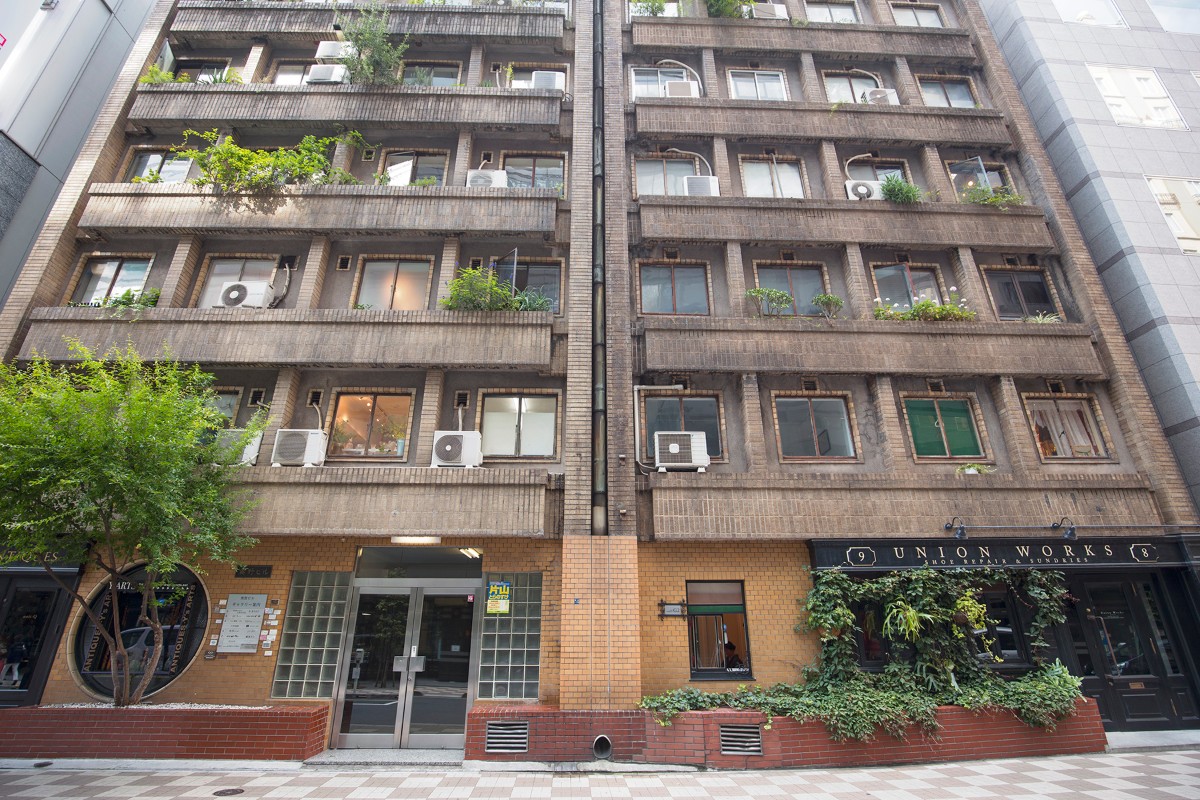
A personal favorite is the Okuno building, which dates back to the 30’s and used to be upscale apartments, but is now home to several small galleries showcasing the work of up-and-coming artists. The antique, manually operated lift adds to the whole experience, as does the occasion to meet and chat with the artists themselves.
While technically not in Ginza, the Lixil Showcase and Zeit-Foto Salon are nearby each other and well worth a visit in the adjacent neighborhood of Kyōbashi, just north of the pillar and only remnant of the eponymous bridge.
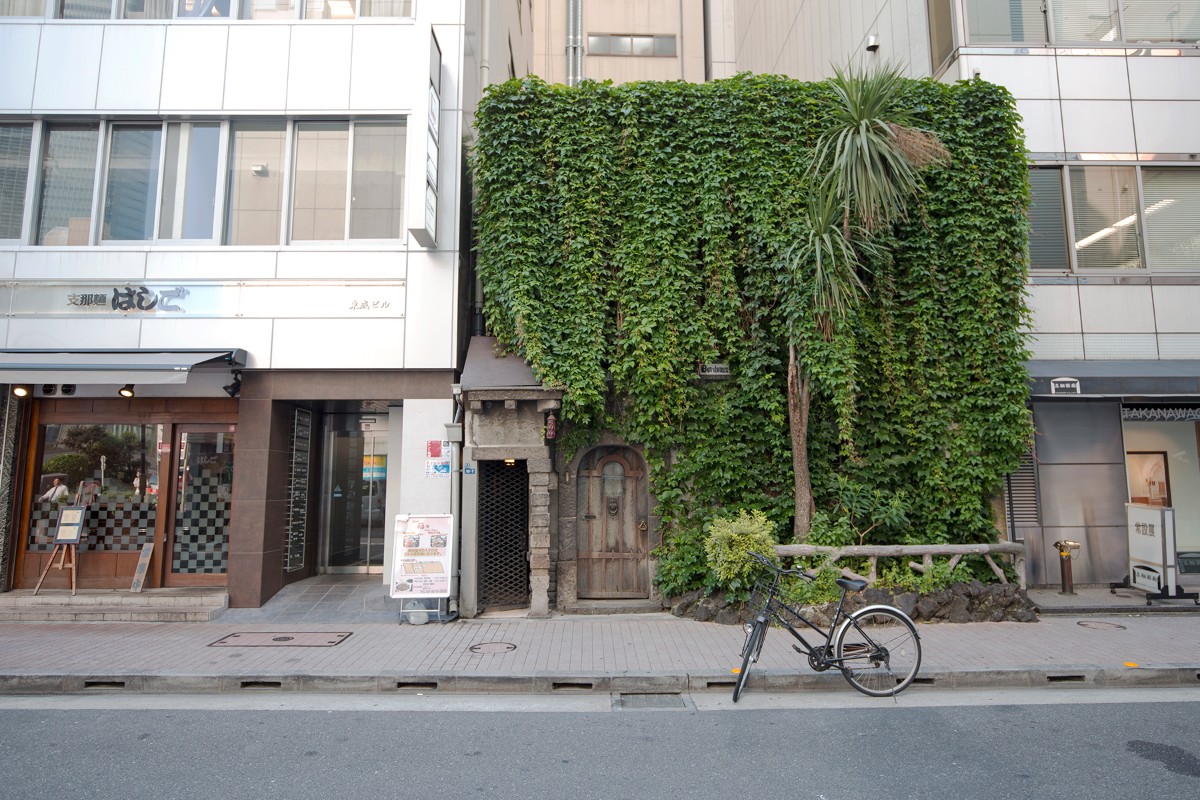
This is by no means a comprehensive list, just a few prominent choices from the wealth Ginza has to offer. For more information on gallery hours and locations, be sure to check out the gallery guide at: http://www.guide-gallery.jp/
An updated version of this post was featured in Forbes Japan: https://forbesjapan.com/articles/detail/30667/1/1/1

